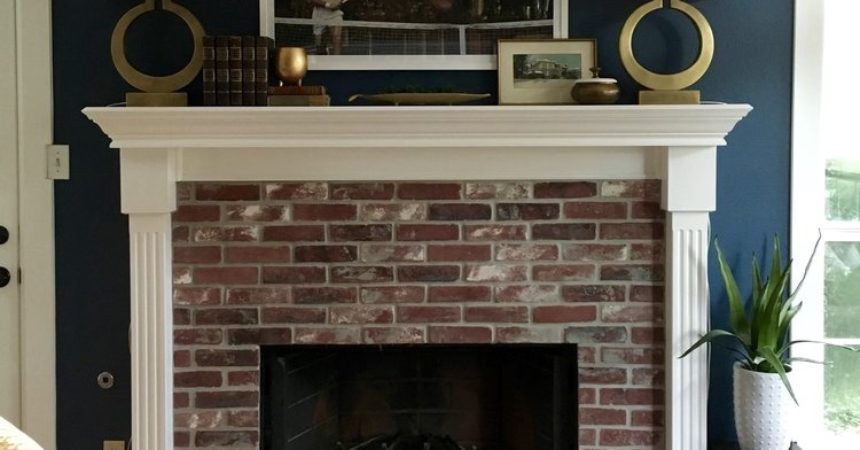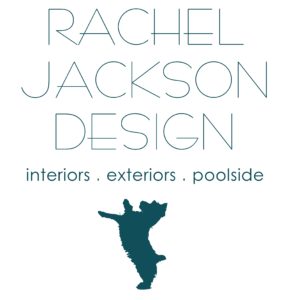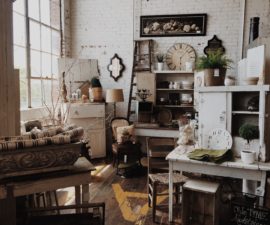by Rachel J.
You know the scene: the moving truck is pulling away, leaving behind the next phase of your family’s move. You walk back inside and survey the stacks of boxes only to see the furniture set in chaotic piles, while important questions like, “What box are the sheets in?” and “Did we bring toilet paper?” start popping into your overwhelmed mind. After moving so many times in such a short timespan, you can manage even the most unwieldy unpacking situation, but what about what comes next? How do you go about transforming this new set of rooms into your home?
There are endless ways to approach home decor, and if you couple that with the challenges of living life on the move, you can easily become frustrated and apathetic about the whole topic. To help you live in and love your new space, I’m sharing some very real-life solutions to the most common decorating issues I’ve not only observed in my clients, but have experienced in my own game of musical houses that has lead me to 7 homes over the last 10 years.
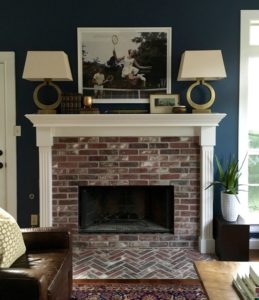
Step 1 - Get Started
Finding “your look”. This is a hard one for me because I really do love so many things, but even in my own house, I had to commit to a theme. And even if it’s the eclectic look that’s so common in my hometown of Austin, you’ve got to pay attention to things like proportion and complementary colors, while keeping it functional. Here’s how:
Go to houzz.com and create a fresh ideabook for each type of room (i.e. living room, bedroom, bathroom, etc.). After filling your ideabook, you should see a general theme of style elements you’re drawn to. If you still can’t quite picture it, it’s a great opportunity to get together with a friend and have them take a look — sometimes an outside opinion is all it takes to notice something you can’t quite put your finger on! For example, below is a section of an ideabook where I could tell the client liked plenty of white contrasted against texture and dramatic colors - but she also liked things fairly simple and clean:
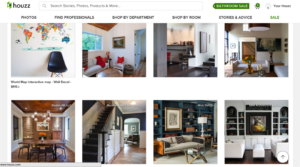
Step 2 - Get Listing
Once you have a style you are going for:
- Make a list of items you need by room. List EVERYTHING. You may not buy all of it right away, but having a list helps you avoid impulse buys that may not be needed or fit your theme. Just like taking a list to a grocery store can save you money, a home decor list can keep you from overspending.
- Now go through your house and see if you have any extra items that can scratch some of the needs off of your list. Repurposing is key here, some of my favorites are:
- Using a low-boy dresser as a changing table, dining buffet, console, sofa table, or kitchen island! (credit: http://www.sweetpickinsfurniture.com/2012/07/before-after-70s-dresser-tv-console.html):
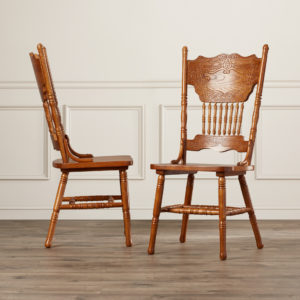
Loman Side Chairs, Available at Wayfair.com
- Extra chairs can become nightstands (credit: http://www.interiorcrowd.com/blog/10-unusual-things-to-use-as-a-nightstand/)
- Tablecloths as curtains (credit: http://www.lizmarieblog.com/2012/10/diy-floor-length-curtains-for-cheap/). I’ve done this in my own house so many times. It works especially well in the more casual areas of your home like your family room and kitchen.
- Bookshelves turned horizontally and used as a TV console/bookshelf combo (credit: http://www.homedit.com/ikea-tv-stand-designs/ikea-shelving-unit-tv-stand-and-storage/)
- Using a low-boy dresser as a changing table, dining buffet, console, sofa table, or kitchen island! (credit: http://www.sweetpickinsfurniture.com/2012/07/before-after-70s-dresser-tv-console.html):
Once you have an idea of what you like and what you need, you can get started putting it all together and quite literally “bring it all home!”
As a full-service design firm, Rachel Jackson Design has one goal: to make you feel at home.
We specialize in both soft-surface and hard-surface design. What that means for you is this: we can help you simply select pillows or start from the foundation of your new home or remodel project and create that space you're dreaming of!

